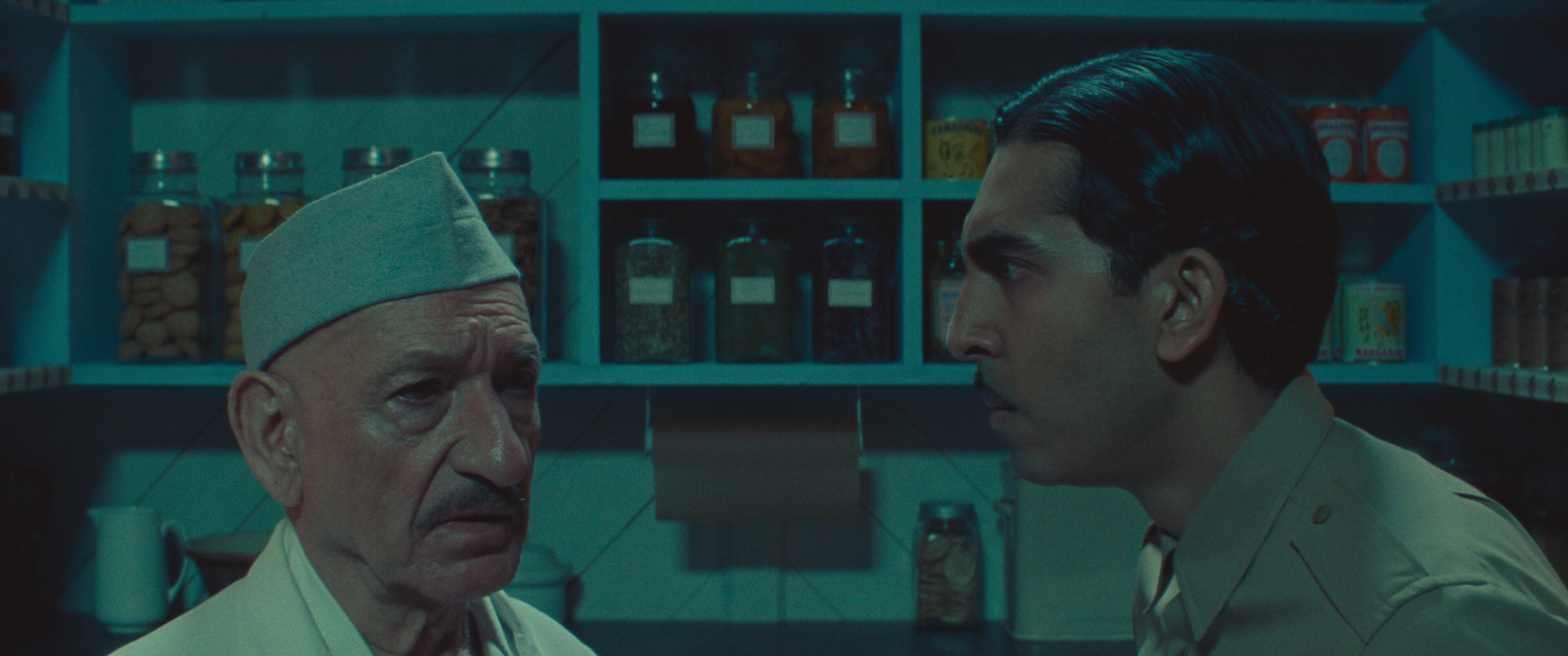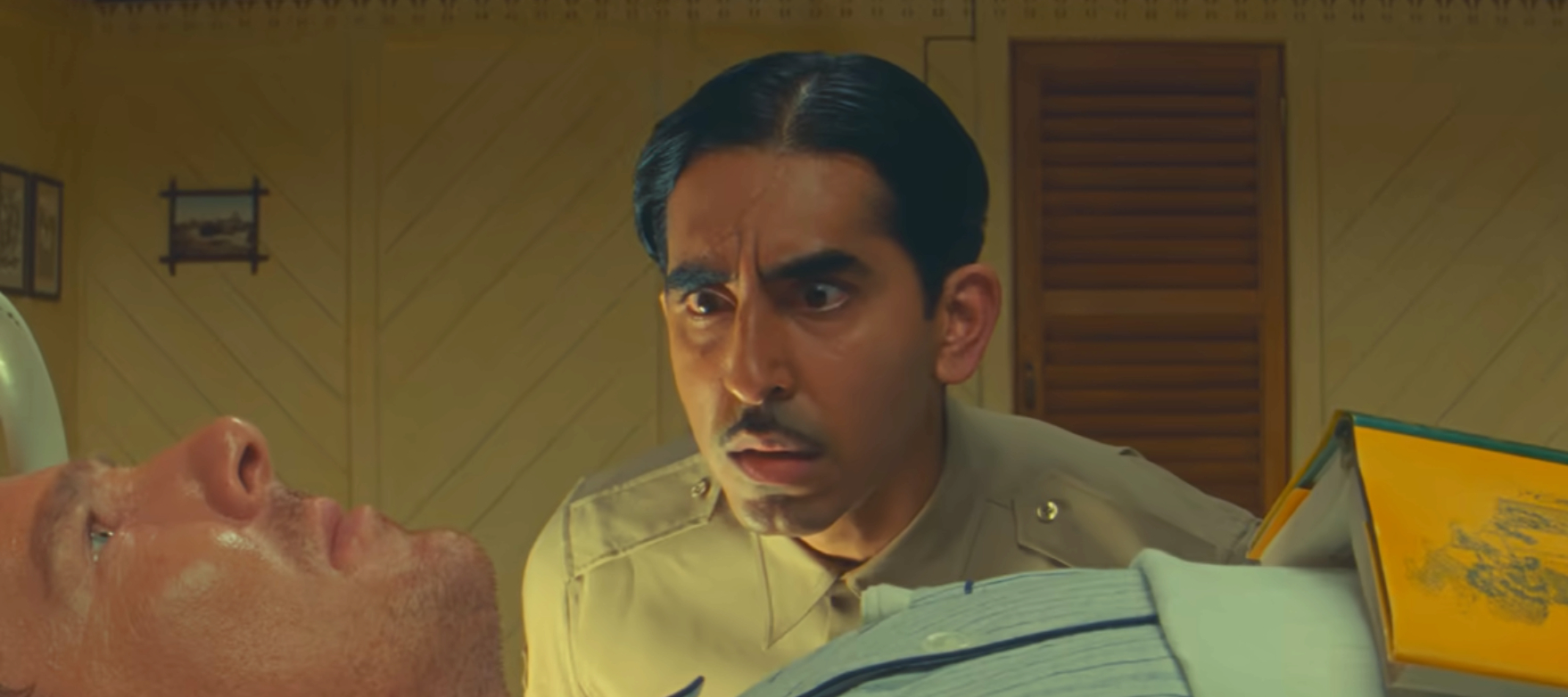Harry Pope is a British officer with a venomous krait lying on his stomach in Netflix’s short film ‘Poison.’ Timber Woods, on the other hand, is Pope’s colleague. While Pope lays without being mobile with a snake on his tummy, Woods arrives at the scene and seeks the help of Dr. Ganderbai. Pope fights to stay alive by keeping his voice down and body still, only for Woods to try his best to save his colleague with the help of the Indian doctor. ‘Poison’ is not based on a true story but Pope and Woods do have real-life connections one way or the other. Let’s explore the same!
Harry Pope: The “Racist” Snake
Although Harry Pope is a fictional character, conceived by Roald Dahl for the eponymous short story, which serves as the source text of the short film, the character is a representative of several British officers who served in India before the country gained independence from the British Empire in 1947. British Raj officials, at the time, considered India as a land of snakes and snake charmers. The stereotype spread like fire in Britain, making the officers enlisted in the territory scared of the venomous creatures present in the Asian country. The stereotype gave birth to racist notions such as India is a backward country and the population of the same is filled with snake charmers as well.

Pope isn’t severely different from the British officers who believed the same stereotype. Pope seemingly imagines a snake crawling through his pajamas to lie on his stomach because of the same fear. The stereotype, apparently believed by many, makes him fear for his life even when his life is not threatened. The offensive belief also ignites the racism present in his soul, which gets exposed when he talks to Dr. Ganderbai, an Indian doctor. As an “expression of gratitude” towards Ganderbai’s decision to risk his own life to save Pope, the latter calls the former a “brown sewer rat.”
During the British Raj, several British officers did consider Indians as an inferior sect of people, which is the foundation of Pope’s contempt towards Ganderbai. Due to the same reason, Pope’s roots are in reality despite him being a fictional character. The officer is as venomous as a snake since he “bites” the very hand that nursed him.
Timber Woods: The Witness
Like Harry Pope, Timber Woods is also a fictional character. However, Dahl named the character after a fellow RAF Squadron 80 pilot who was killed during the Battle of Athens. Through the virtuous character, Dahl might have wanted to pay homage to a friend and colleague. When Pope hurts Ganderbai with his racist slurs, it is Woods who seeks the Bengali doctor’s forgiveness. He apologizes for his colleague’s behavior after helplessly witnessing Pope insulting the doctor he brought to save his friend’s life. Woods also has to witness a hurt Ganderbai leaving his bungalow without arguing with Pope.

As an aviator who served in the Royal Air Force (RAF), Dahl might have had the opportunity to meet and get acquainted with several generous and compassionate officers who worked in the British forces, likely including the real-life Woods. They might have had to helplessly witness their colleagues’ or superiors’ offensive actions in foreign lands like Woods does in the short film. The character Woods must be representing a group of officers who had to apologize for the crimes and offenses committed by their fellow men.
Read More: Wes Anderson’s Poison Ending, Explained: What Happened to the Snake?


